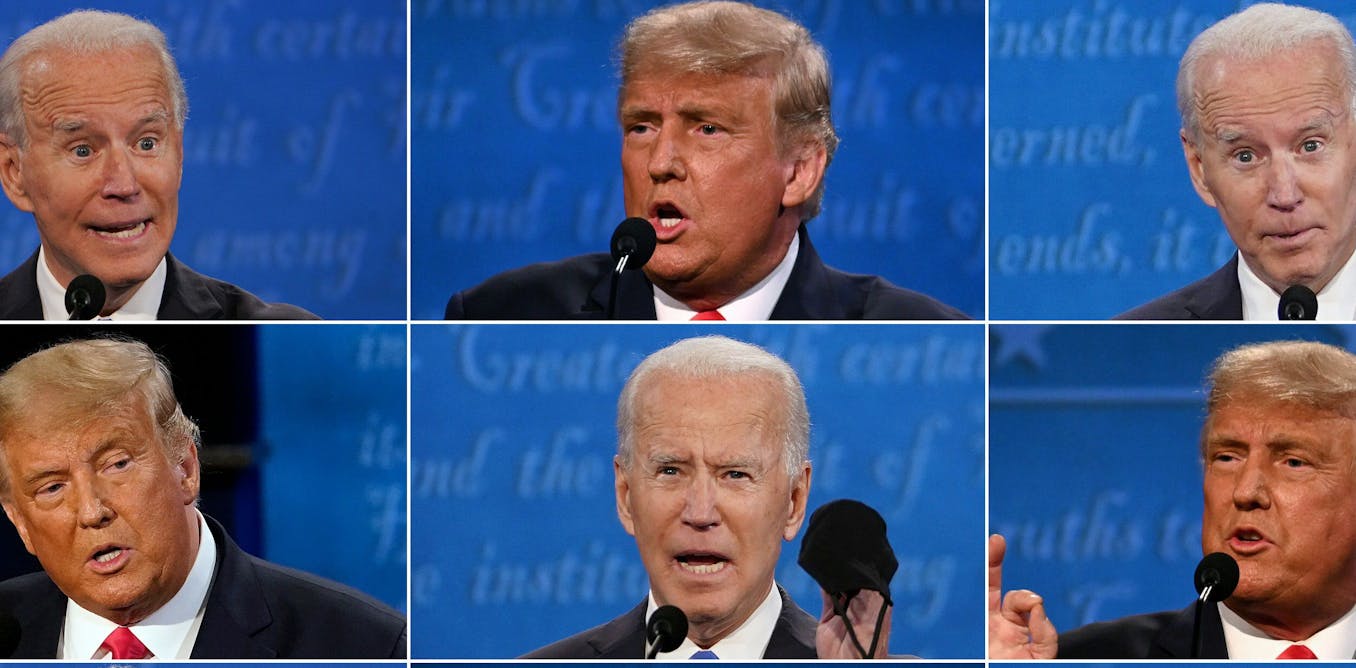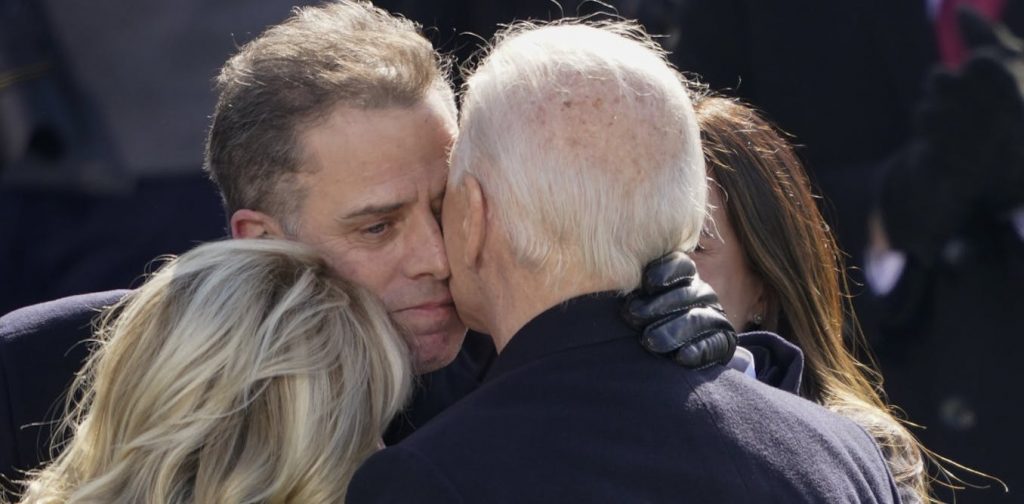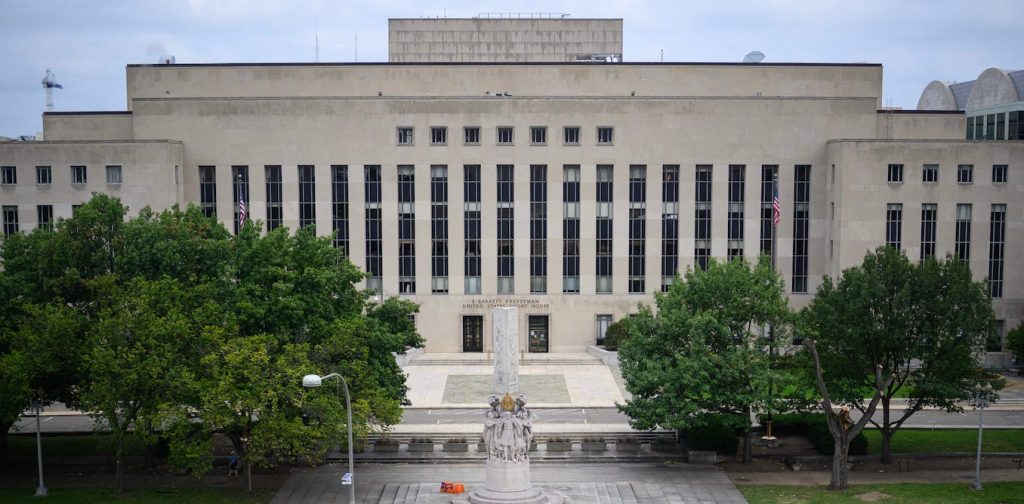Presidential pauses? What those ‘ums’ and ‘uhs’ really tell us about candidates for the White House


Nine. That is the number of “uhs” that former President Barack Obama uttered in a period of two minutes during a 2012 presidential debate. Other Obama “uh” counters, such as University of Pennsylvania linguist Mark Liberman, clocked him as using “uhs” and “ums” – hesitation markers known as “filled pauses” in linguistspeak – roughly every 19 words during one interview.
By comparison, former President Donald Trump rarely uses them at all – as infrequently as once every 117 words.
Considering Obama’s skill as an orator garners high praise, while Trump’s eloquence is less often so regaled, what’s to be made of this great, uh, imbalance?
In ordinary circumstances, maybe not too much.
But heading into the Republican presidential primary debates, which kick off on Aug. 23, 2023, you can bet some viewers and political commentators will be poring over every utterance of the candidates for clues about how they might perform as nominee of the party.
And going into the 2024 presidential race, expect more on Biden’s speech as a reflection of his competency, along the lines of the newspaper columnist who dismissed the president as the “wonderful Wizard of Ahs and Ums.”
So who is prone to ‘umming’?
But what if a bit of hesitation turns out to be not such a bad thing?
In my work as a linguist and author of “Like, Literally, Dude: Arguing for the Good in Bad English,” I uncovered surprising evidence that filled pauses are not the mark of incompetence and inarticulateness they are often held to be. In fact, research suggests filled pauses often aid understanding. Studies into their use also reveal why we utter them and who is more prone to using them.
For example, research on languages ranging from English to Dutch, German, Danish and Norwegian has shown that “uhs” are more often uttered by men and older people, while “ums” are the up-and-coming trend among women and those who don’t remember a time before TikTok.
And then there are the geographical preferences. Southerners and New Englanders tend to “uh,” while Midwesterners prefer “um” – at least when tweeting.
Perhaps even more surprising, as someone’s education level and socioeconomic status go up, research suggests so does their rate of “umming” and “uhing.”
Deliberate debate device
Nonetheless, filled pauses have long been treated as the bane of public speaking and a mark of anxiety.
Yet psycholinguists who study speech hiccups suggest much the opposite: Filled pauses are less about our speech struggles and more about signaling upcoming linguistic and semantic complexity. That is, “ums” and “uhs” emerge because we are doing more work in terms of planning and executing the next thing we need to say.
What this means is that filled pauses are found to most often occur right before speakers describe more abstract or difficult concepts or when they use less familiar or uncommon words. “Ums” and “uhs” also increase when speakers start a sentence, since they are mapping out the whole sentence structure.
Their use also increases when there are a number of competing word options to choose from, like when selecting among novel and politically advantageous adjectives to describe the health of the economy or an aging opponent.
 Is Republican presidential hopeful Ron DeSantis an ‘ummer’? Sergio Flores/AFP via Getty Images)
Is Republican presidential hopeful Ron DeSantis an ‘ummer’? Sergio Flores/AFP via Getty Images)
In short, they are used in places where harder thinking is required. These are exactly the linguistic challenges that politicians face when answering debate questions requiring complex terminology and strategic word choices.
Sometimes “ums” and “uhs” simply buy a speaker processing time to figure out what to say when they are uncertain. Taking a verbal pause instead of a silent one makes it crystal clear that one still intends to contribute to the conversation – particularly vital in a debate where floor time is the equivalent of political gold.
‘Uh … I’m talking here!’
Remarkably, in addition to helping speakers come up with what they want to say, “ums” and “uhs” also do a listener a service by alerting them to the fact that there’s going to be a delay and cues them to listen up because something harder to comprehend is coming their way.
This signaling helps listeners understand what you are saying. That’s because, even past our teenage years, we are still fairly lazy listeners. Adding in an “um” or “uh” can help tear the listener away from their iPhone or other distractions and alert them to the fact that something new and difficult is coming up.
For instance, if we had been having a conversation about dogs, and I start a new sentence by saying “The daw …” psycholinguistic evidence tells us that your brain goes right to “dog” without even waiting to hear the rest of the word. But what if I was actually going to say donkey? Then you are thrown for a loop. But if I first inserted a filled pause, such as “the, uh, donkey,” listeners are much quicker to identify a new word in the sentence, as the “uh” seems to alert us to expect something unexpected.
Another plus? The listener would be more likely to recall that we talked about donkeys later on, as a preceding filled pause has also been shown to have a positive effect on word recognition and recall.
The ponderous pause
So, why such a bad rap for a speech feature that signals deep thinking and helps listeners comprehend what people are saying?
Probably because of the company it keeps. Filled pauses have often been grouped with other features of what is termed “disfluent” speech, such as repetitions, slips of the tongue and restarts, such as “wh-what?”
The Freudian view of such speech tics as symptoms of unconscious worries and desires drove much of the early research on such features. Though early psychological research did not find that filled pauses strongly correlated with anxiety, the stigma stuck around and affects regular people and presidents alike.
For instance, Biden has been called out for his combined filled pauses, repetitions and restarts, which have been blamed on a number of factors ranging from age-related confusion to public-speaking anxiety.
While it is true that older speakers tend to use more filled pauses than younger speakers, which could be related to age-related decline in working memory, Biden also has a stutter, which can affect filled pause use in ways that make it hard to compare his use of them with other presidents.
The reality is, like it or not, we all populate our pauses from time to time. As can be seen in the Obama vs. Trump filled-pause rates, we also have a unique signature pause pattern. In other words, some of us are, to put it in the words of one pause researcher, “heavy ummers,” while others are “um-avoiders.”
What doesn’t change, however, is that they signal cognitive heavy lifting ahead.
So, as we head into the season of presidential stumping and debate, perhaps we can look past the pause when deciding how to weed out the good candidates from the bad.




